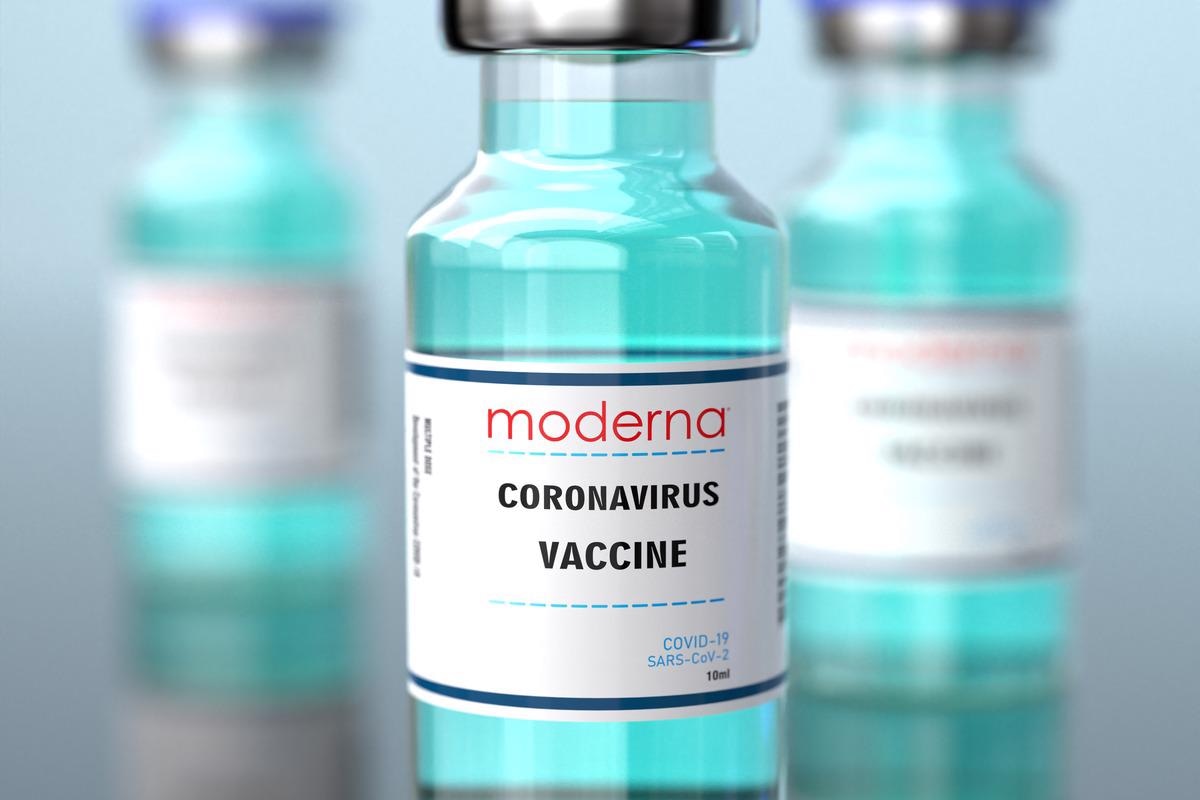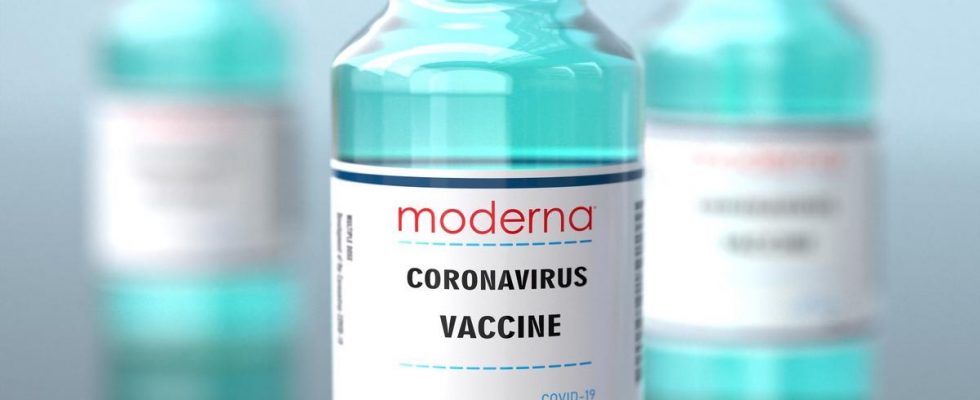In a recent study posted to the medRxiv* preprint server, researchers quantified the humoral immune response against the messenger RNA (mRNA)-1273 coronavirus disease 2019 (COVID-19) vaccine using commercially available high throughput assays.

Background
A growing body of scientific evidence from several past studies suggests a strong correlation between neutralizing antibodies (nAbs) and immunoglobulins (IgGs) elicited in response to severe acute respiratory syndrome coronavirus 2 (SARS-CoV-2) infection.
Although live virus microneutralization (MN) assays could measure these differences, they require cell culturing and live virus preparations that render robust standardization challenging even when using the same technical setup. Hence, commercially available immunoassays appear as an attractive option.
In a recent analysis of samples from a phase I trial of the mRNA-1273 vaccine, the Roche Elecsys® Anti-SARS-CoV-2 S (ACOV2S) performed remarkably well, with no baseline noise, and detected a vaccine-induced immune response to the receptor-binding domain (RBD) of SARS-CoV-2 spike (S) with high specificity. In addition, its results aligned well with other neutralization assays.
On the other hand, the Roche Elecsys Anti-SARS-CoV-2 immunoassay ACOV2N specifically identified antibodies to the SARS-CoV-2 nucleocapsid (N) protein.
About the study
In the current study, researchers evaluated the ability of automated assays (ACOV2N and ACOV2S) to test the stored samples from the phase II trial of the vaccine mRNA-1273 (SpikevaxTM), also called as 2019-nCoV vaccine. The combined use of two assays helped discriminate the immune responses after vaccination in individuals with or without previous or concomitant SARS-CoV-2 infection.
They screened 593 participants between May 22nd and July 8th, 2020, divided into two age-based cohorts (age group of 18-54 years and ≥55 years), randomized 1:1:1 to receive a two-dose regimen of 50 μg or 100 μg of the mRNA-1273 vaccine or placebo for the study analysis. Day 1 of the sample collection was the date of the first vaccination. The team also collected blood samples on days 15, 29 (date of second vaccination), 43, and 57.
The researchers used ACOV2S results to evaluate the humoral response to vaccination in participants of different clinical trial studies and the ACOV2N assay to analyze samples from patients with prior or concomitant SARS-CoV-2 infection.
They compared the former assay results to a live virus MN assay, whereas they separately analyzed antibody response patterns observed during the ACOV2N assay.
Study findings
Of the overall study population, 197 and 198 participants received the 50 μg dose and 100 μg dose of the mRNA-1273 vaccine, and 198 participants received the placebo. There were 295 and 298 participants in the 18-54 age band and 55+ years, respectively.
After immunization, RBD-specific antibody levels increased until Day 43 for both dose groups before dropping slightly by Day 57, thus indicating that almost all vaccinated participants had seroconverted before Day 15.
The patients who had not seroconverted by Day 15 tended to be older; thus, the rates of seroconversion at Day 15 among those aged 18-54 years compared with participants ≥55 years for recipients of 50 μg dosage were 96.8% vs. 87.5%; and 100 μg dosage were 97.9% vs. 87.6%.
By Day 29, all vaccinated participants had seroconverted; however, geometric mean concentration (GMCs) were notably higher two weeks after the second vaccine dose, i.e., on Day 43.
The distribution of the ACOV2S-detected antibody levels after the first vaccine dose appeared more heterogeneous than after the second dose. In addition, this heterogeneity was greater for the older than the younger individuals.
The antibody levels correlated with the mRNA-1273 vaccine in a dose-dependent manner as indicated by the geometric mean ratio (GMR) point estimates. The differences in the GMR point estimates between the 100 μg and 50 μg dose groups were more pronounced after Day 15 and were all above one.
For the 100 μg and 50 μg dose groups, GMRs on Day 15 and Day 29 were 1.37- and 1.32-fold higher, but dipped to 1.09-fold by Day 43 and 1.12- fold higher on Day 57.
Three participants exceeded the upper limit of quantitation for the ACOV2S assay by showing a robust response to the mRNA-1273 vaccine. Further, from those with at least one positive ACOV2N result, two were in the placebo group and showed a moderate increase in ACOV2N and ACOV2S levels between Days 43 and 57.
The Pearson’s correlation (r=0.779) between the ACOV2S and the live MN50 assay was good. Subsequently, of the 992 samples that were reactive in the ACOV2S assay, 893 samples exhibited significant in vitro neutralization capacity with an overall GMC of 102 U/mL in the two groups at Day 29.
The positive percent agreement (PPA) and negative predictive value (NPV) were 100% using the 0.8 U/mL ACOV2S cutoffs; the NPA was 91.8% for samples already reactive for ACOV2S but did not show neutralization in the MN50 assay. It modestly increased to 93.4% on using a higher ACOV2S cutoff of 15 U/mL.
A time-dependent comparison of geometric mean fold rise (GMFRs) demonstrated higher MN50 values in patients aged 18-54 vs. ≥55 years and with the 100 μg vs. 50 μg dose, but these differences decreased after the second dose. GMFRs from Day 29 to Day 43 were 78 and 64 in the 50 μg and 100 μg dose groups, respectively. These GMFRs increases indicated that regardless of age or vaccine dose, antibody titers increased after the second dose of the same vaccine.
Conclusions
The study data indicated that differences in the immune response after application of a 100 μg vs. 50 μg dose were pronounced after the first vaccination compared with the second vaccination and in the younger vs. older age groups.
Notably, the seroconversion rate and ACOV2S-detected antibody concentrations were higher in the younger age group at Day 15, similar to age-dependent antibody responses reported for other COVID-19 vaccines.
Overall, the study findings showed that ACOV2S is a valuable assay for tracking vaccine-related immune responses. When ACOV2S was used to study data of SARS-CoV-2 breakthrough infections or previous natively-infected individuals, it helped in continuous serologic monitoring.
Its adaptive measuring range allowed early identification of seroconversion, and its high resolution enabled the detection of very high antibody titers and longitudinal differences between age and dose groups. Additionally, a good correlation of ACOV2S with live MN50 assay indicated its utility as a reliable measure of neutralization capacity for routine diagnostics.
The study participants with natural infection and post-vaccination with mRNA-1273 had higher MN50 values. Most with a positive MN50 result were also positive in the ACOV2S assay resulting in an excellent PPA and NPV. Overall, the MN50 assay lacked standardization and dynamicity, and the ACOV2S assay appeared better suited to study the differences across the whole antibody concentration range across all examined time points.
*Important notice
medRxiv publishes preliminary scientific reports that are not peer-reviewed and, therefore, should not be regarded as conclusive, guide clinical practice/health-related behavior, or treated as established information.
-
Kirste, I. et al. (2022) "Quantifying the vaccine-induced humoral immune response to spike-receptor binding domain as a surrogate for neutralization testing following mRNA-1273 (Spikevax) vaccination against COVID-19". medRxiv. doi: 10.1101/2022.03.09.22271896. https://www.medrxiv.org/content/10.1101/2022.03.09.22271896v1
Posted in: Medical Science News | Medical Research News | Disease/Infection News

Written by
Neha Mathur
Neha is a digital marketing professional based in Gurugram, India. She has a Master’s degree from the University of Rajasthan with a specialization in Biotechnology in 2008. She has experience in pre-clinical research as part of her research project in The Department of Toxicology at the prestigious Central Drug Research Institute (CDRI), Lucknow, India. She also holds a certification in C++ programming.
Source: Read Full Article
